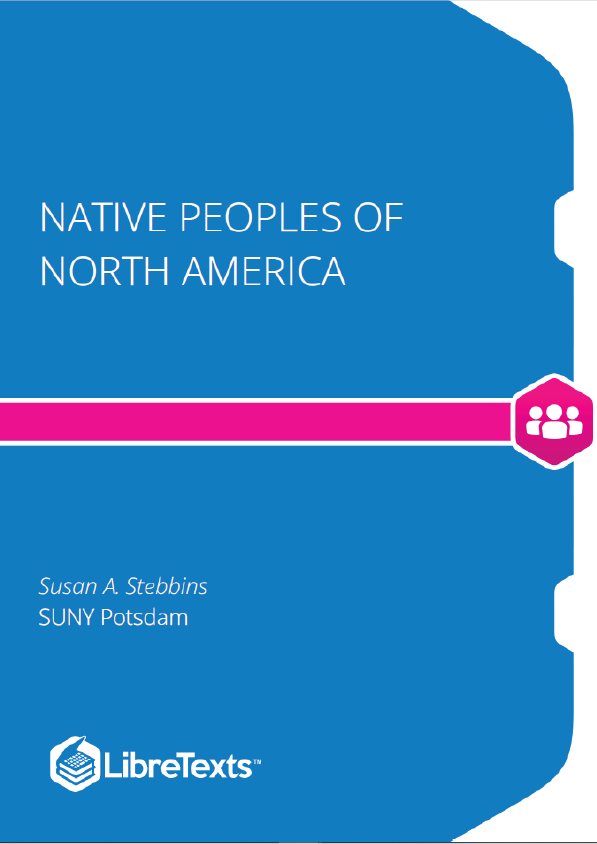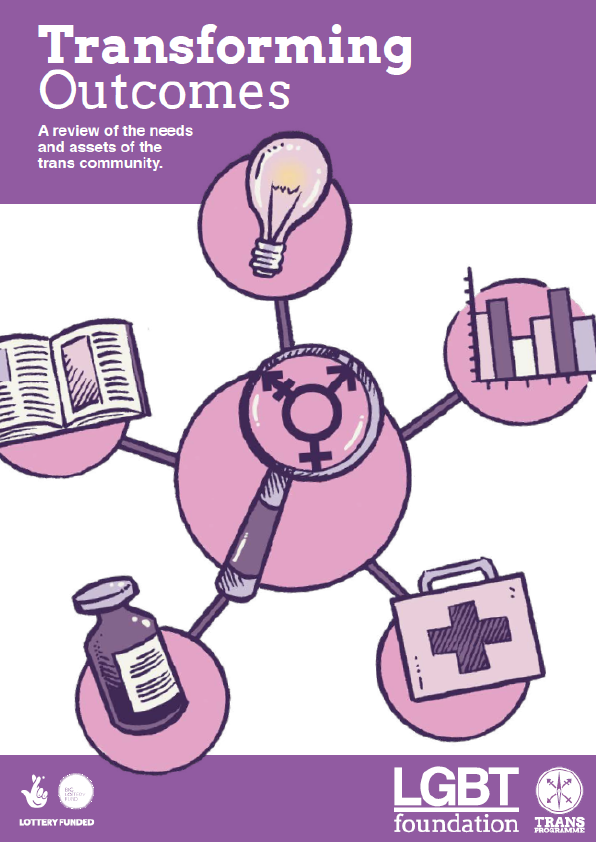Native Peoples of North America is intended to be an introductory text about the Native peoples of North America (primarily the United States and Canada) presented from an anthropological perspective. As such, the text is organized around anthropological concepts such as language, kinship, marriage and family life, political and economic organization, food getting, spiritual and religious practices, and the arts. Prehistoric, historic and contemporary information is presented. Each chapter begins with an example from the oral tradition that reflects the theme of the chapter. The text includes suggested readings, videos, and classroom activities.
When most of us who now live in the United States and Canada learn about the history of our homeland, material starts with Christopher Columbus’s landing on islands in the Caribbean in 1492. Little attention is given to the thousands of years before his arrival, to the people who had been living here and their accomplishments. Further, when information is given, it is generally a historical or archaeological list of “first this happened, then that,” with little attention to the cultural diversity of the peoples who lived on what many Native peoples call Turtle Island.
Columbus and his men were probably not the first Europeans (or Asians or Africans) to come to the North American continent, but they did come with the intention to stay, and stay they, and many others following them, did. These early Europeans encountered people as diverse and advanced as they themselves were. Those of us living in the twenty-first century are often unaware of the linguistic and cultural diversity of the peoples who inhabited (and continue to inhabit) what we now call North America, how they got here or how long they’ve been here. This chapter will examine those questions, looking first at the population and cultural diversity of the First Peoples of North America previous to 1492.
How many were there?!
It is difficult to estimate populations in the fifteenth century in most parts of the world. Most people lived in small societies; everyone knew everyone else, their families, and their ancestors. There was little reason to do a population count of how many people, how many women, men, and children, people over or under a certain age, and their occupations. This is the type of census now done in the United States and Canada every 10 years. A census shows not only the number of people in a society, but also how that society changes over time. Such a census is an important source of data for governments and for future historians and anthropologists. In the past, empires such as Rome in Europe, and the Aztec in Meso-America (present day Mexico and Central American) conducted censuses, largely for tax or tribute purposes, but most small-scale societies had no reason to do so. So how do we go about estimating population numbers from so long ago?
One way is to examine documents left by the Europeans (Spanish, French, English, Dutch, Russians, and many more) who came to the Americas. There are a number of problems with this method. First, not everyone kept records. Among the French, for example, while religious missionaries kept population counts (largely to show how many people they had converted), the voyagers who came for animal skins to trade in Europe did not. Further, Europeans based their population estimates on people they encountered; there is no way to estimate how many people they didn’t meet.











